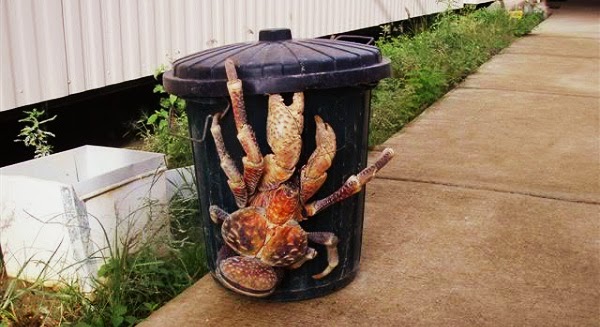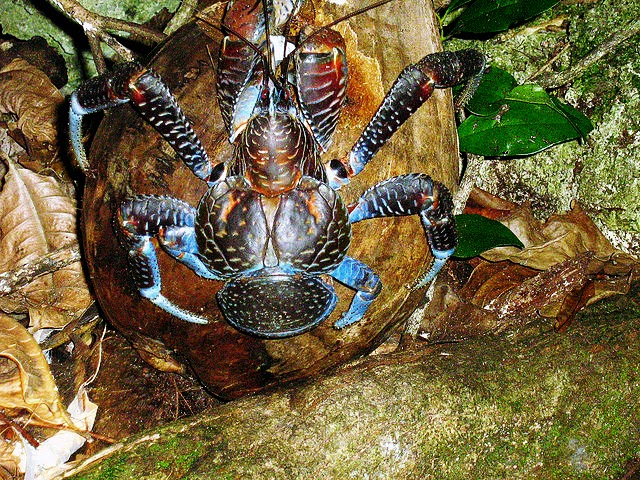 |
| Angkor Wat is the main attraction of visitors to Siem Reap. |
Siem Reap is one of the major cities in
Cambodia with its main attraction is Angkor Wat. While not providing facilities
like other major cities in Southeast Asia, it's urban development is actually
quite impressive when compared to the situation which this country was just
recovering from multiple crises that swept across Cambodia.
Given that development has just started here lots of things that you can learn from the way of life of local communities that
are still strong encrusted with their original lifestyle. Flooded by tourists
from around the world to see for themselves the magnificence of the buildings
at Angkor, also help people here rebuild their lives through a variety of
businesses in providing guests with the best service.
 |
| Wat Thmei, as a reminder of the history of old Cambodia. |
Armed with old buildings that became the center
of ancient government center, Siem Reap keep on visited by millions to see the
remains of these historical remains. The visitors from diverse backgrounds and
different purposes here reinstate the city as a center by the people such as
how it was.
Despite not having attractions like any other
big cities of other Southeast Asian cities, Siem Reap has a variety of
interesting features that allow visitors to enjoy their vacation while they are here,
important facilities such as transportation, food, markets/supermarket, and many
recreational activities available here all at once and keep increasing over
time.
Accommodation
 |
| Grand d'Angkor Hotel, the oldest hotel in Siem Reap. |
Accommodation in the city includes the need for
all the visitors of luxurious accommodation and hostel facilities and also the
'homestay'. Given that the tourism industry is booming here practically every
hotels here has a relationship with leisure activities providers to help
visitors make a reservation from their hotel respectively.
Transport
Among the peculiarities of this city is the
transport system of its own. The flat land surface allowing the use of vehicles
called “tuk-tuk” (motorcycle modified
to carry more passengers comfortably). Transportation here is the same as any other
cities with the domination by motorcycles on the main streets. But for the
convenience of visitors, all forms of transport can be found here except train.
Food
The influx of tourists here allows various kinds
of foods to be available for all people from around the world available here.
It’s not only provided by the locals, but there are also restaurants runs by
people from outside their own countries - perhaps they have become a permanent
resident here!
Local food stalls can be found easily, while restaurants that serve customers with 'western foods' also found in most areas of the city. In fact, you might try exotic foods!
What make it easy for you to stays here is the “tuk-tuk” drivers and restaurant
operators mostly can speak English well.
Activities
 |
| Visiting the silk farm, one of interesting thing to do. |
 |
| Another majestic temple in Siem Reap, Cambodia. |
 |
| You'll be happy if you get a chance to visit this temple. |
 |
| Morning scene in front of the gate into the Bayon Temple complex. |
While your main goal here is to visit Angkor
Wat and the old temples around the area, Siem Reap provides a variety of other
activities that you might not know. These activities includes land, water and
air are all available at reasonable prices.
There are several museums that you need to
visit to understand the history of ancient city of Siem Reap and Angkor Wat.
While a visit to the handicraft centers mainly silk farms definitely add a bit
of your knowledge. Likewise, if you are interested in deepening down the
streets with cycling, a visit to the ‘water
village’ or you just want to join 'cruise'
around the Tonle Sap Lake. Air activities are also available if you are
interested.
So if you're on vacation here only for a short
period, you will not be able to do all of these activities. Make sure you come
back.
A lot of things you can learn from the life of
the people here. Given the condition of this city in the development stage,
many things are still in a state of natural that might disappear in the nearest
future.
For the purpose of transportation in Siem Reap you can contact;
Mr.
Salim & Mr. Nasir at;
(+855) 9857 1840 “whatsapp”
(+855) 7090 2910 “whatsapp”
Email: threebrothers41@gmail.com; limangkor@yahoo.com; seangkor2011@hotmail.com; angkorlim@gmail.com; sekongangkor1@hotmail.com
|


























